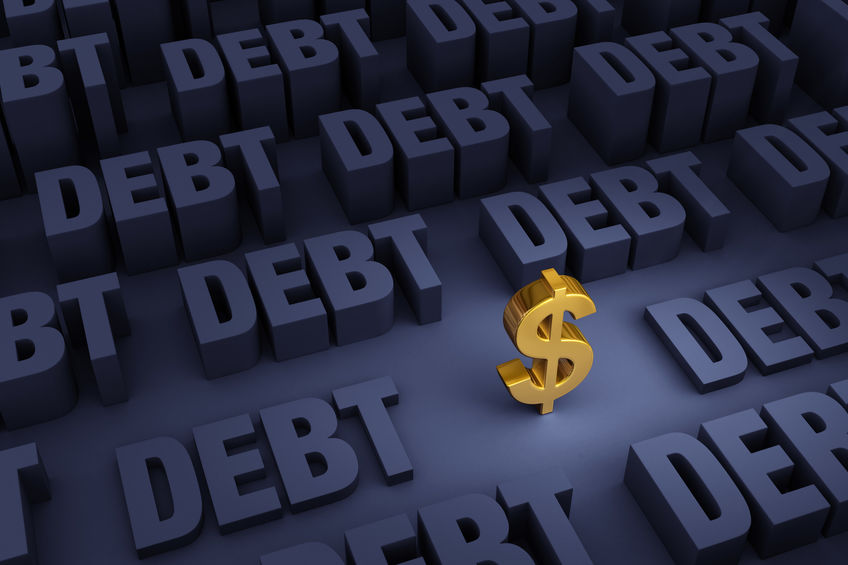Simultaneous with filing for chapter 7 bankruptcy, your bankruptcy is assigned a bankruptcy case number. It is important that write down or remember this case number in case one of your creditors contacts you after filing. It is also important to remember the date you filed.
Filing for Chapter 7 Bankruptcy
Another event that occurs immediately upon filing for bankruptcy is that an automatic stay goes into effect that applies to your creditors. The automatic stay prohibits your creditors from contacting you or dunning you for payments. Of course, the creditors have to know you filed and the providing them the case number is sufficient. The bankruptcy court will also mail letters to all of your creditors advising of your bankruptcy. Car creditors, home mortgage creditors, and furniture creditors are also prohibited from repossessing the collateral for the loans. However, if you wish to retain possession of such items, you must continue paying the regular monthly payments. Ultimately the car, home, or furniture creditor will contact us and offer for you to “reaffirm” the debt.
Reaffirming a debt means that you will keep paying for the debt in exchange for keeping the items that act as collateral. Reaffirming the debt also means that you will be liable for payment of the debt even after the bankruptcy concludes. In certain circumstances, you can change your mind and surrender the collateral to the creditor without any additional liability.
For example, suppose you have a 2005 Ford Mustang and your payments are $475 per month. When you file for bankruptcy you decide to keep the car and keep making payments. On your way home from work one day, the transmission falls out of the car and the garage tells you that it will cost $4,000 for a new motor. If the bankruptcy case has not closed, you can change your mind and rescind the agreement. Even if the car is worth much less than what you owe, you will be relieved of your liability on that debt. You must rescind the debt prior to your case closing. If you reaffirm a debt, you cannot change your mind and rescind the debt after your case is closed.
After Filing
After filing for chapter 7 bankruptcy relief, the court will schedule a meeting of creditors. The meeting of creditors is conducted by the trustee and allows him or her an opportunity to ask you about the information in your bankruptcy petition. The meeting of creditors is your one and hopefully last court appearance. Approximately one week before your creditor meeting, you will call our office to speak with the court preparatory specialist. She is responsible for preparing you for the creditor meeting.
On your assigned day, you will appear at the creditor meeting. Don’t worry, it should not take long. You are free to go after concluding your testimony. It is our experience that this will be the only time you have to go to court. It is only under rare circumstances where you have a second court appearance.
The law requires that 90 days pass after your creditor meeting before your case concludes. After such time, the court mails you a discharge and several days later your case will close. That’s it. The case is over. The discharge eliminates any liability that you had on most debts. The discharge means that most of your debt will show a zero balance. With most things, there are certain exceptions. Any debt that you reaffirmed will not be discharged. Also, there are certain debts which the law allows to survive the bankruptcy. Usually, those debts are either child support, alimony, student loans or taxes. With discharged debt, no creditor may contact you for payment of the debt after the bankruptcy case is closed.
Contact our Montgomery attorneys with any questions about filing chapter 7 Bankruptcy.
Call us today! (334) 265-7355

